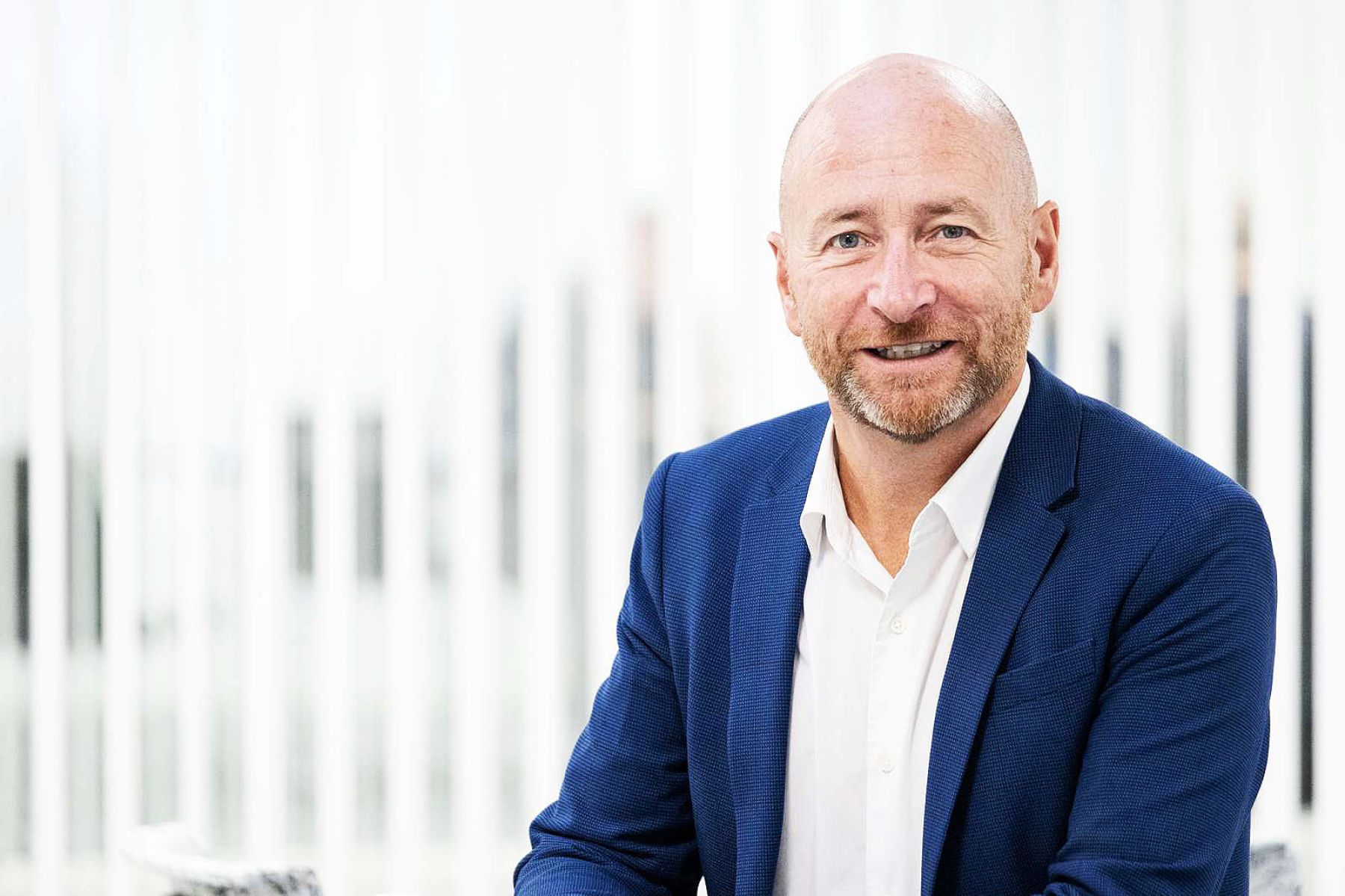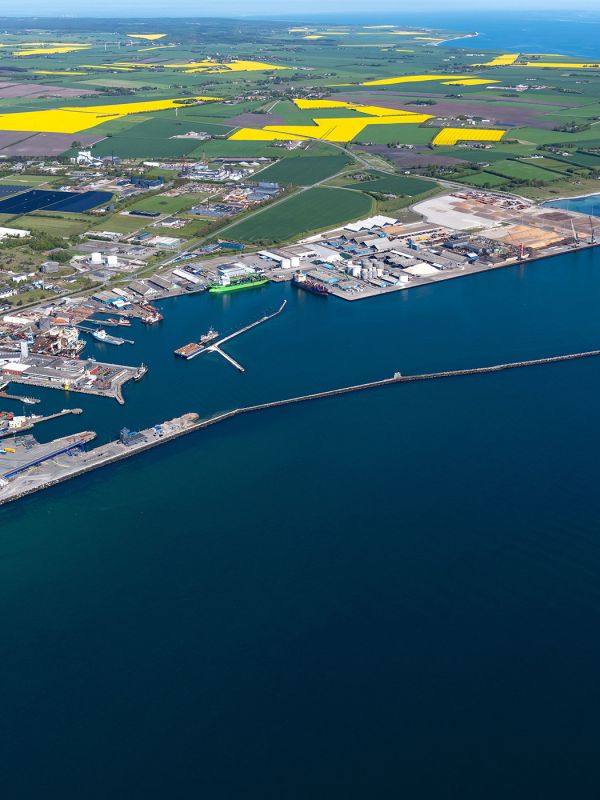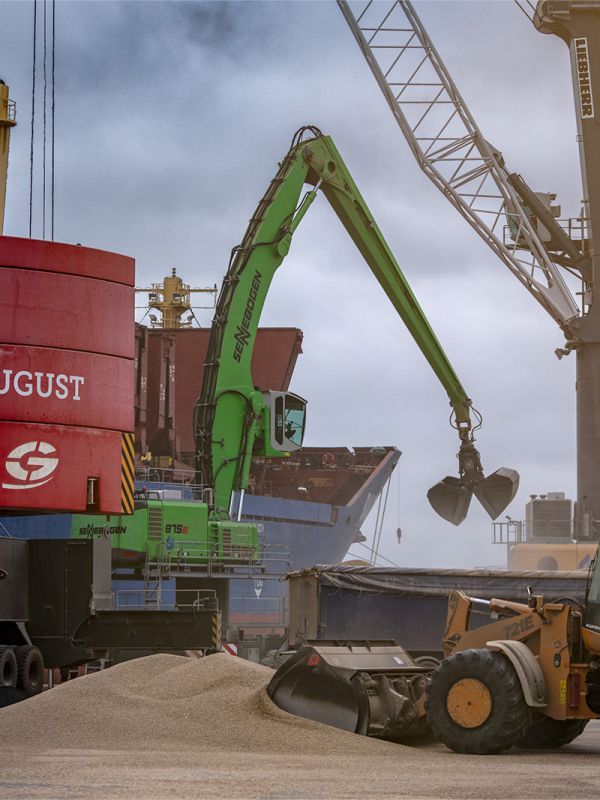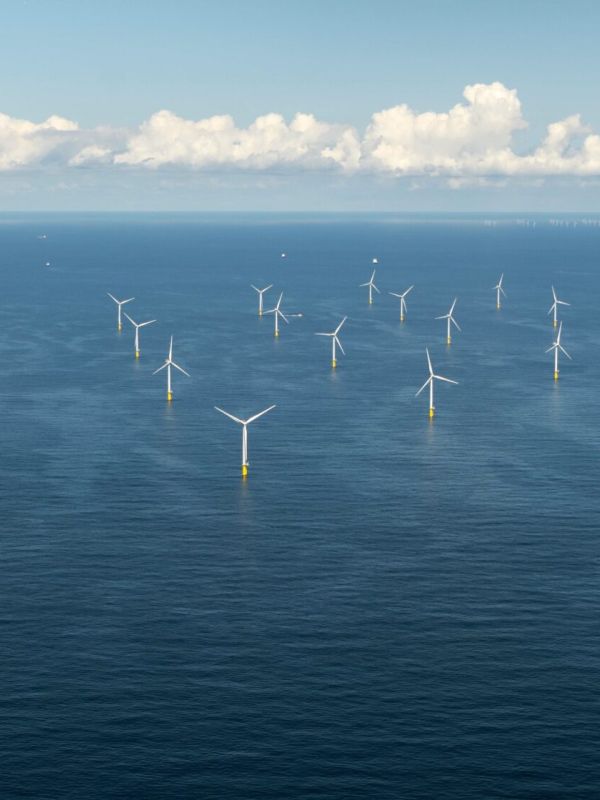Challenges threaten Danish ports

This is an opinion piece written by Henrik Carstensen, CEO Port of Grenaa and board member of Danish Ports. The article was published in Avisen Danmark on April 8, 2023.
The future is not heavy long-distance transportation by road, the future belongs to ports and the sea when it comes to transporting goods.
Danish ports are critical infrastructure and important for the country's economy and business. Ports play a central and important role in the trade and transportation of goods, and their efficiency and safety are crucial to the country's competitiveness. In addition, maritime transport is far less environmentally damaging than road transport.
But if ports are prevented from offering proper conditions, they will not be able to perform the logistics tasks that are the DNA of ports - and this will not be beneficial for the environment, business or employment. That is why we need to address some of the pressing challenges facing ports.
Challenge number one - Ports need deeper channels
The state-owned shipping lanes that ship traffic follows into Danish ports are in urgent need of deepening. The ships that call at the ports are now huge and carry all kinds of cargo, from wood chips, salt, scrap iron for recycling and the huge turbine parts used in the construction of offshore wind farms. The trend is for ships to keep getting bigger, because it's efficient and it's climate-friendly.
If the state shipping lanes are not deepened, Port of Grenaa among others, can look into a future where ships sail past us and find new ports with deeper and safer sailing conditions.
There are plenty of foreign ports waiting in the wings, ready to overtake us. We cannot stand by and watch in silence.
Therefore, as the responsible port director, I am shouting the alarm so that the responsible politicians can act in time before it is too late. Because it is about development and it is about jobs. The infrastructure for the ports must be in place - in width and depth - also on the water and this is a political responsibility.
Challenge number two - Long processing times threaten green transition
There are examples of applications for the erection of wind turbines that have taken more than three years to process. Three (3) years of processing. This is quite unreasonable for all parties involved.
With the current ambitious plan for Denmark to achieve a 70% reduction in CO2 emissions by 2030 and be climate neutral by 2050, it is necessary that the planned offshore wind farms are realized as soon as possible. There is no time for long processing times - neither in the application phase nor subsequently in the appeal bodies.
If we are to have the slightest chance of getting through the climate and energy crisis, the processing times must be significantly reduced so that Denmark and Europe can free themselves from fossil fuels and become climate neutral in 2050.
Fortunately, this has been realized by the European Commission, which is currently negotiating a proposal for common European rules on maximum processing times for green energy initiatives. We believe and hope that this will be negotiated, so that Europe can get started with the expansion of near- and offshore wind farms in the waters around us.
Get started - Danish ports are ready
Danish ports are scrambling to provide all those involved in the wind turbine industry with berths for storage, shipping, construction and maintenance of near- and offshore wind farms. We would love to help, but right now there is hesitation and everyone is waiting to see if the Danish wind adventure can continue. In the worst case scenario, it could turn into a long nose instead.
So, dear politicians. Get started, the Danish ports are ready - all that is missing are the permits to establish the wind farms, so that we can take a giant step even further away from the climate catastrophe and Russian gas and towards climate-friendly, green energy self-sufficiency.





